#archaeologs
Text

Cubiculum (bedroom) from the Villa of P. Fannius Synistor at Boscoreale Romanca. 50–40 BCE. Image by The Metropolitan Museum of Art.
Learn more / Daha fazlası
https://www.archaeologs.com/w/cubiculum/
#archaeologs#archaeology#archaeological#arkeoloji#history#dictionary#tarih#sanat#art#architecture#roman architecture#ancient architecture#cubiculum#villa#the met#mimari#antik mimari#ancient furniture#roman furniture
536 notes
·
View notes
Text
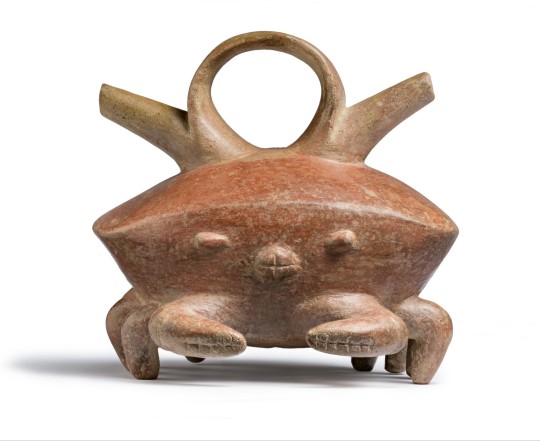

~ Crab Vessel with Double Spout.
Place of origin: Colombia, Calima Region
Period: Ilama Period
Date: 1500 B.C.-A.D. 100
Medium: Ceramics
#ancient#ancient art#history#museum#archeology#ancient history#archaeology#ancient pottery#pottery#south america#crab#crab vessel#calima#Colombia#pre columbian#Ilama Period#1500 b.c.#a.d. 100
16K notes
·
View notes
Text
A murder mystery film set in a medieval village. After an outbreak of plague, the villagers make the decision to shut their borders so as to protect the disease from spreading (see the real life case of the village of Eyam). As the disease decimates the population, however, some bodies start showing up that very obviously were not killed by plague.
Since nobody has been in or out since the outbreak began, the killer has to be somebody in the local community.
The village constable (who is essentially just Some Guy, because being a medieval constable was a bit like getting jury duty, if jury duty gave you the power to arrest people) struggles to investigate the crime without exposing himself to the disease, and to maintain order as the plague-stricken villagers begin to turn on each other.
The killer strikes repeatedly, seemingly taking advantage of the empty streets and forced isolation to strike without witnesses. As with any other murder mystery, the audience is given exactly the same information to solve the crime as the detective.
Except, that is, whenever another character is killed, at which point we cut to the present day where said character's remains are being carefully examined by a team of modern archaeologists and historians who are also trying to figure out why so many of the people in this plague-pit died from blunt force trauma.
The archaeologists and historians, btw, are real experts who haven't been allowed to read the script. The filmmakers just give them a model of the victim's remains, along with some artefacts, and they have to treat it like a real case and give their real opinion on how they think this person died.
We then cut back to the past, where the constable is trying to do the same thing. Unlike the archaeologists, he doesn't have the advantage of modern tech and medical knowledge to examine the body, but he does have a more complete crime scene (since certain clues obviously wouldn't survive to be dug up in the modern day) and personal knowledge from having probably known the victim.
The audience then gets a more complete picture than either group, and an insight into both the strengths and limits of modern archaeology, explaining what we can and can't learn from studying a person's remains.
At the end of the film, after the killer is revealed and the main plot is resolved, we then get to see the archaeologists get shown the actual scenes where their 'victims' were killed, so they can see how well their conclusions match up with what 'really' happened.
#film ideas#plotbunny#murder mystery#detective stories#period dramas#middle ages#history#archaeology
19K notes
·
View notes
Text
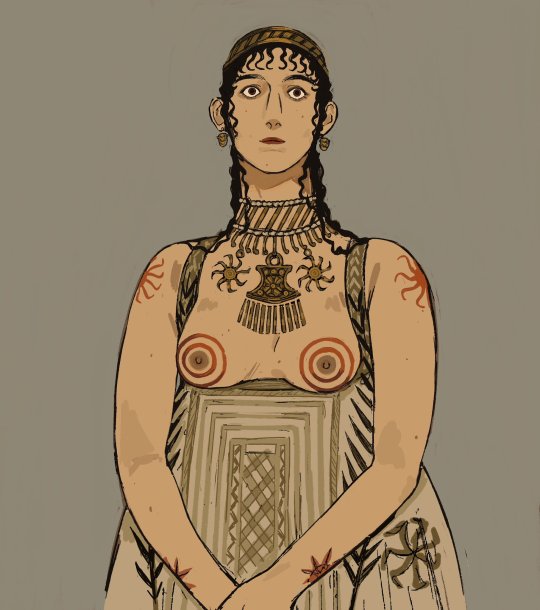

She
52K notes
·
View notes
Text
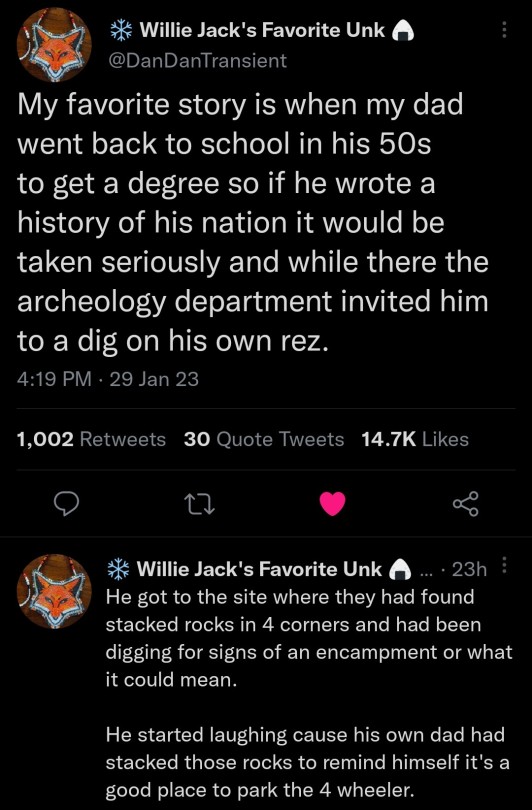
74K notes
·
View notes
Text
My anthropologist partner dislikes the 1.20 update because it refers to pieces of pottery as "shards" rather than the correct term, "sherds"
46K notes
·
View notes
Text

Clicked on an article from the anthropology subreddit about loneliness and was immediately blasted into oblivion by this opening paragraph
#NARUTO IS NEVER BROUGHT UP AGAIN#IN THE ENTIRE ARTICLE#LIKE???#GET HIS ASS I GUESS#Naruto#wish that subreddit was more active I love reading about archaeological discoveries and anthropology
35K notes
·
View notes
Photo

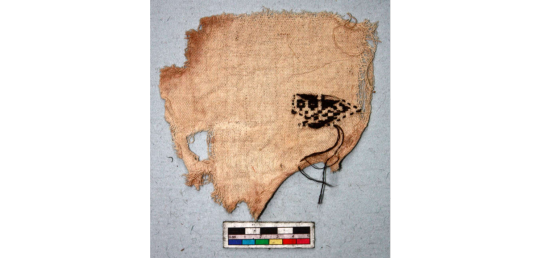
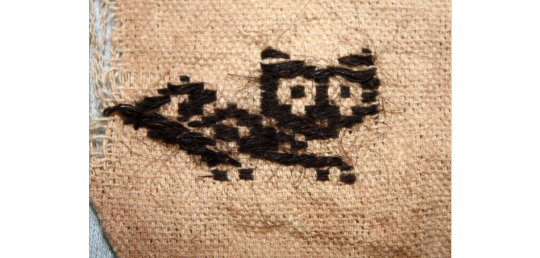
textile
Cultures/periods: Chimu (?) Chancay (?)
Production date: 900-1430
Made in: Peru
Provenience unknown, possibly looted
Textile fragment; cotton plain weave ground with paired warps; camelid supplementary weft patterning; feline figure; cream and black.
British Museum
25K notes
·
View notes
Text
Broke: vampires are vulnerable to the trappings of Christianity only, particularly Catholicism, no matter how dubiously applied. (See: Van Helsing's Communion wafer grouting).
Woke: vampires are vulnerable to sincere faith of all kinds, and atheist vampire-hunters need to believe very strongly in the Power of Friendship or their love of Star Trek to get by.
Bespoke: vampires are vulnerable to the faith that they followed when they were alive, and hunters tracking down an ancient vampire are obliged to learn about Neo-Babylonian theology or Middle Palaeolithic bear cults.
#this is why ancient vampires are so powerful#in the absence of any other historical or archaeological evidence you have to cart around a full stone circle to defeat them#dracula daily adjacent posting
65K notes
·
View notes
Text

2,300-Year-Old Plush Bird from the Altai Mountains of Siberia (c.400-300 BCE): crafted with a felt body and reindeer-fur stuffing, all of which remains intact
This artifact was sealed within the frozen barrows of Pazyryk, Siberia, for more than two millennia, where a unique microclimate enabled it to be preserved. The permafrost ice lense formation that runs below the barrows provided an insulating layer, preventing the soil from heating during the summer and allowing it to quickly freeze during the winter; these conditions produced a separate microclimate within the stone walls of the barrows themselves, thereby aiding in the preservation of the artifacts inside.
This is just one of the many well-preserved artifacts that have been found at Pazyryk. These artifacts are attributed to the Scythian/Altaic cultures.
Currently housed at the Hermitage Museum.
#archaeology#anthropology#history#artifact#artifacts#siberia#scythians#archeology#museum#amazing#interesting#stuffed animals#ancient history#prehistoric#crafting#felt art#art#prehistoric art#hermitage museum#human nature
45K notes
·
View notes
Text
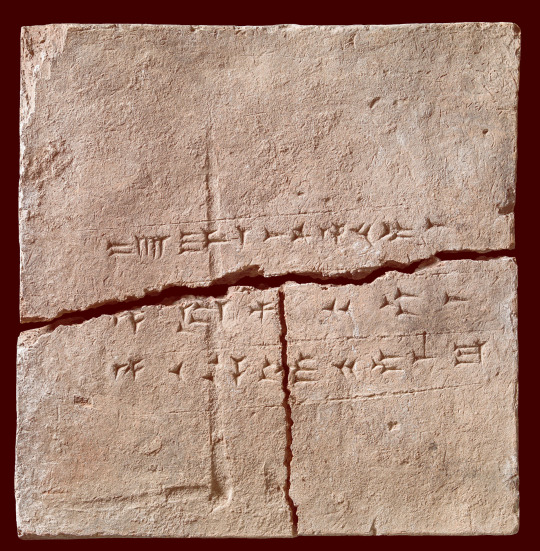
NEWS
Resurrecting Ancient Flora: Unveiling Biodiversity Secrets from a 2,900-Year-Old Clay Brick
#archaeologs#archaeology#archaeological#history#bioarchaeology#news#archaeological news#arkeoloji#tarih#sanat#biyoarkeoloji
313 notes
·
View notes
Text
Analysis of data from dozens of foraging societies around the world shows that women hunt in at least 79% of these societies, opposing the widespread belief that men exclusively hunt and women exclusively gather. Abigail Anderson of Seattle Pacific University, US, and colleagues presented these findings in the open-access journal PLOS ONE on June 28, 2023.
A common belief holds that, among foraging populations, men have typically hunted animals while women gathered plant products for food. However, mounting archaeological evidence from across human history and prehistory is challenging this paradigm; for instance, women in many societies have been found buried alongside big-game hunting tools.
Some researchers have suggested that women's role as hunters was confined to the past, with more recent foraging societies following the paradigm of men as hunters and women as gatherers. To investigate that possibility, Anderson and colleagues analyzed data from the past 100 years on 63 foraging societies around the world, including societies in North and South America, Africa, Australia, Asia, and the Oceanic region.
They found that women hunt in 79% of the analyzed societies, regardless of their status as mothers. More than 70% of female hunting appears to be intentional—as opposed to opportunistic killing of animals encountered while performing other activities, and intentional hunting by women appears to target game of all sizes, most often large game.
The analysis also revealed that women are actively involved in teaching hunting practices and that they often employ a greater variety of weapon choice and hunting strategies than men.
These findings suggest that, in many foraging societies, women are skilled hunters and play an instrumental role in the practice, adding to the evidence opposing long-held perceptions about gender roles in foraging societies. The authors note that these stereotypes have influenced previous archaeological studies, with, for instance, some researchers reluctant to interpret objects buried with women as hunting tools. They call for reevaluation of such evidence and caution against misapplying the idea of men as hunters and women as gatherers in future research.
The authors add, "Evidence from around the world shows that women participate in subsistence hunting in the majority of cultures."
22K notes
·
View notes
Text
Peruvian whistling vessels simulating animal calls (some of the oldest found date to c. 500–300 BCE)
#Peru#Peruvian#whistling vessels#animal vessels#archaeology#history#ceramics#Inca#Incan#art#sculpture#animal calls
20K notes
·
View notes
Text

The ancient theatre of Epidavros, Peloponnese, Greece. 4th c.BC.
8K notes
·
View notes
Text

An extraordinary Acheulean handaxe knapped around a fossil shell circa 500,000-300,000 years ago.
The maker appears to have deliberately flaked around the shell to preserve and place it in a central position. As a result this handaxe has been described as an early example of artistic thought.
From West Tofts, Norfolk.
Museum of Archaeology and Anthropology, University of Cambridge, Courtesy Alison Fisk
11K notes
·
View notes
